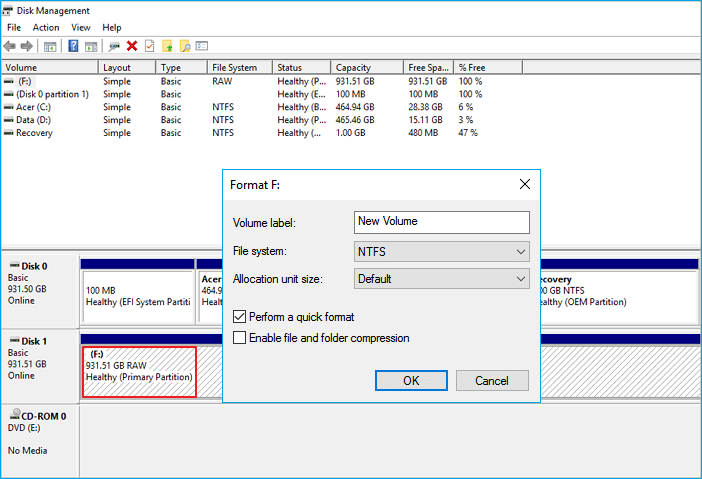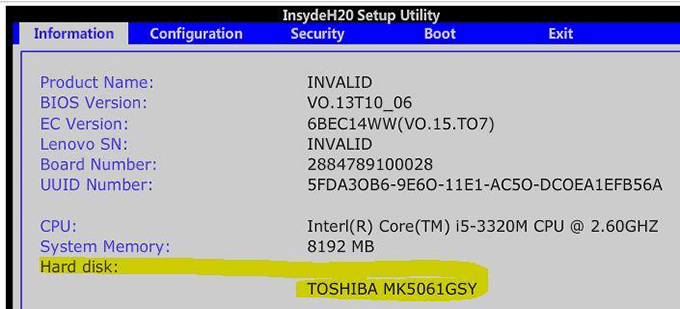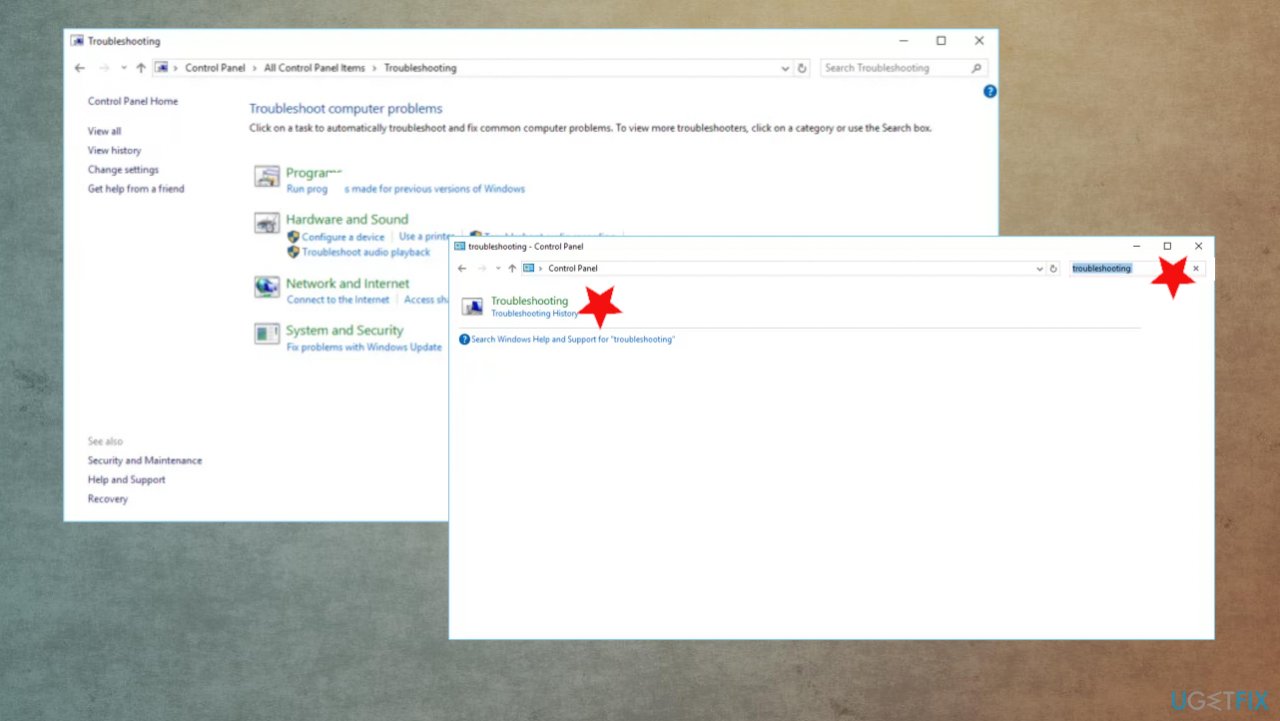
You are supposed to assign drive letter in Windows 10. If you can see SSD drive in Device Manager but you cannot see it in Disk Management or Computer, the drive letter may get lost. The drive letter of SSD partition is missing or conflicted. If not, you’d better format it to NTFS or FAT32.Ĥ. If your computer is Windows 10, you’d better use NTFS or FAT32 file system. The file system of SSD drive cannot be recognized. You need to recover lost partition in Windows 10 first and then see if your disk and data cannot be accessed.ģ. This situation often happens to the old drive and your disk may be marked as Not Initialized or Online. SSD partitions are lost and become unallocated space.

You can type diskpart > list disk > select disk n (n refers to the disk number of the new SSD) > attributes disk clear readonly> online disk > convert mbr(or convert gpt)in the command prompt and hit Enter to run it.Ģ. If the new SSD is not showing up in Windows 10, you need to initialize it. Here, I’ll list some reasons and possible measures in the following. When you receive this issue, you may want to know why and how to fix SSD not showing up in Windows 10 Disk Management, Device Manager or other locations. Causes and solutions for SSD disappearing in Windows 10/11 When this issue happens to you, you cannot access data on the SSD driveīesides, you may encounter similar issues, like external hard drive not showing up, USB device not showing up or hard drive not showing up on your computer. Also, there is a possibility of SSD not showing up when installing Windows 10. Usually, the SSD drive is not showing up in Disk Management or Device Manager. However, you may find that SSD drive not appearing when you install it on your computer. It seems you're trying to backup TO your System drive? I'm confused.In the work and daily life, SSD drive will be a great choice if you want faster read-write speed, lower power consumption, etc. You normally want to backup your boot and OS disk to another location. If possible, for standardization, you might want to put your boot drive disk into your first SATA port and that will make it Disk 0. The disk number you see is only dependent on which SATA port you have it plugged into. I think you need to start this process over. If your new SSD is Disk 3, you need to covert it to GPT before cloning Disk 1 to Disk 3. One disk is GPT and one seems to be Disk 3 seems to be MBR but your boot info on Disk 1 is GPT and all the EFI partitions needed to boot seem to be there. Not sure how he switched C from the first screenshot from Disk 3 to Disk 1 on the second.

And I would think his OS should be on the C partition.

It seems to have all the partitions necessary to boot. From the above screen shot, I would expect the computer to boot from Disk 1. Would love to help, but I have no idea what he's trying to do.


 0 kommentar(er)
0 kommentar(er)
